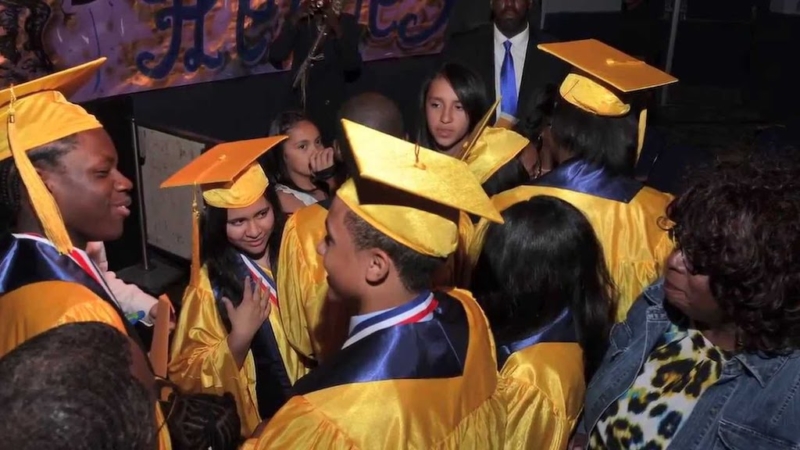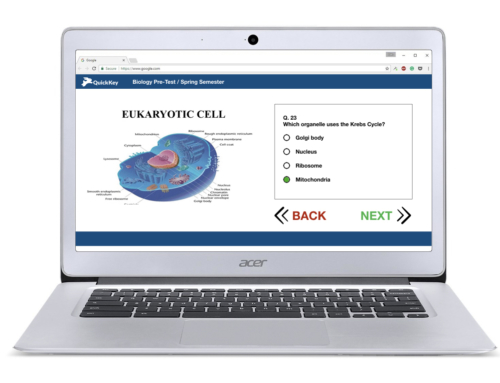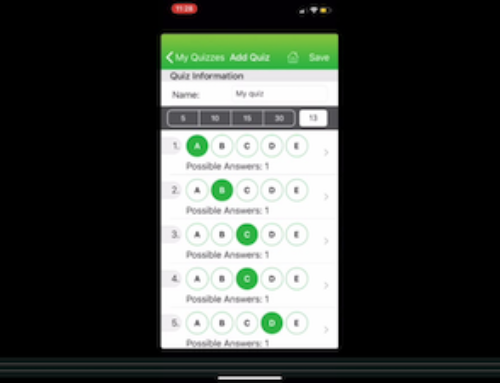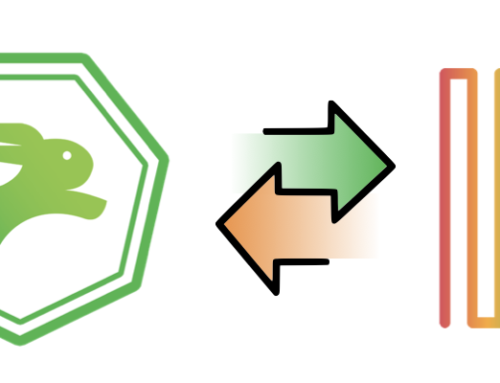How Classroom Assessment Cadences significantly improved student achievement in 1 school year
In the fall of 2017, school turnaround specialist principal Desiree Galashaw arrived at Roosevelt Children’s Academy with a mandate to improve the elementary school’s scores on her state’s end of year exam in ELA and math. As in all K-12 settings, every day of every year counts, so Principal Galashaw and her staff got to work right away on implementing a learning program that she had used to great effect in previous turnaround settings.
Implementing Classroom Assessment Cadences
The Cadence Program included frequent classroom feedback (frequent formative assessment) and collaborative data-driven instruction built around a set of assessments called a Classroom Assessment Cadence. Building this program included the following steps:
- Doing an audit of the school’s readiness to use data to improve teaching and learning.
- Determining the learning goals (in this case, Common Core Standards) in which all students should be proficient by the end of each semester
- Mapping each learning goal / standard to a lesson, according to a weekly pacing guide.
- Creating short assessments that measured student proficiency for each standard
- Sharing those assessments with teachers, and getting buy-in from each teacher to give each assessment at the end of each weekly module in the pacing guide.
- Setting up a remediation plan for students who had not mastered the standards.
At the end of the school year (Spring 2018) students took the New York state Exam. In the fall of 2018 the results came back showing significant improvement across the board. We congratulate Principal Galashaw, her staff, and her students for their amazing achievement!
The Results
By using Classroom Assessment Cadences, Roosevelt Academy improved overall student performance and also closed achievement gaps.
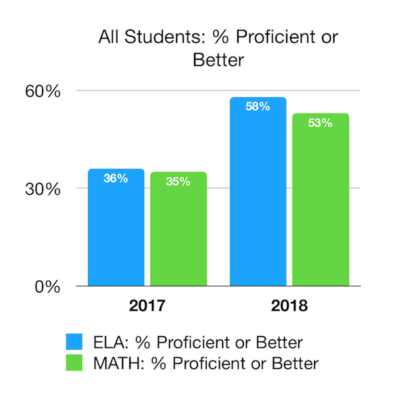
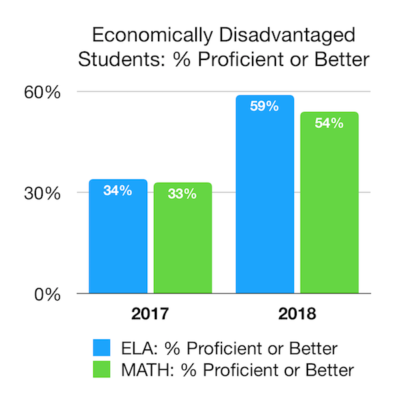
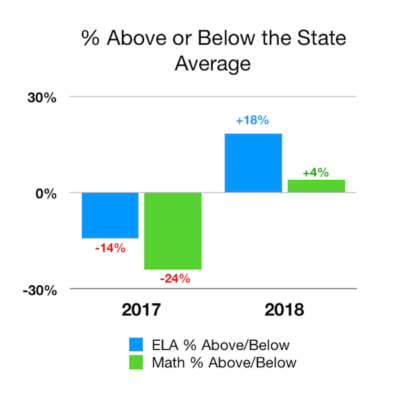
Learn more about Classroom Assessment Cadences
and how Validated Learning can help you get the most from them
